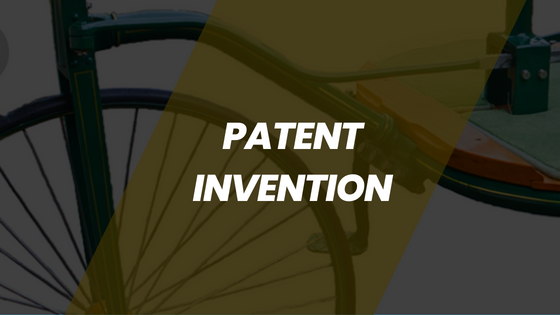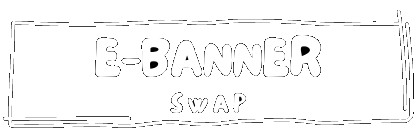The process of patenting an invention can be complex, but it can be broken down into several straightforward steps: research, draft a patent application, file the application, and wait for a response from the U.S. Patent and Trademark Office. Although the process can be intimidating, with the right guidance you can successfully protect your invention. There are patenting agencies, like InventHelp, that can help inventors navigate the patenting process. Here’s a breakdown of what you need to know about each step in the patenting process.
Gather Necessary Information
Before you can begin the patent application process, you must have a good understanding of the invention. You should have detailed drawings, diagrams, and/or prototypes of your invention. Additionally, you should have a clear description of how your invention works and the purpose it serves. This will enable you to provide the USPTO with the information they need to evaluate your invention.

Draft a Patent Application
Once you have gathered the necessary information, you will need to draft a patent application. This is a document that outlines the invention, its purpose, and how it works. It should be written in clear, concise language that is easy for the USPTO to understand. Additionally, you should include any relevant drawings or diagrams that will help illustrate your invention. Invent Help can help you draft a patent application, as well as provide assistance with any other aspects of the invention process.
File the Patent Application
Once you have prepared your patent application, you can file it with the USPTO. This involves submitting the application, along with the appropriate fees. Once your application is filed, the USPTO will review it and determine whether or not it meets their criteria for approval.
Wait for a Response
Once your application is filed, you will have to wait for a response from the USPTO. This process can take several months, depending on the complexity of your invention. During this time, the USPTO will evaluate your invention and determine whether or not it is eligible for a patent. If your application is approved, you will receive a patent for your invention.
Conclusion
In conclusion, the process of getting a patent on your invention can be difficult and time-consuming. However, it is well worth it in the end as you will have proof that your idea is unique and original.




